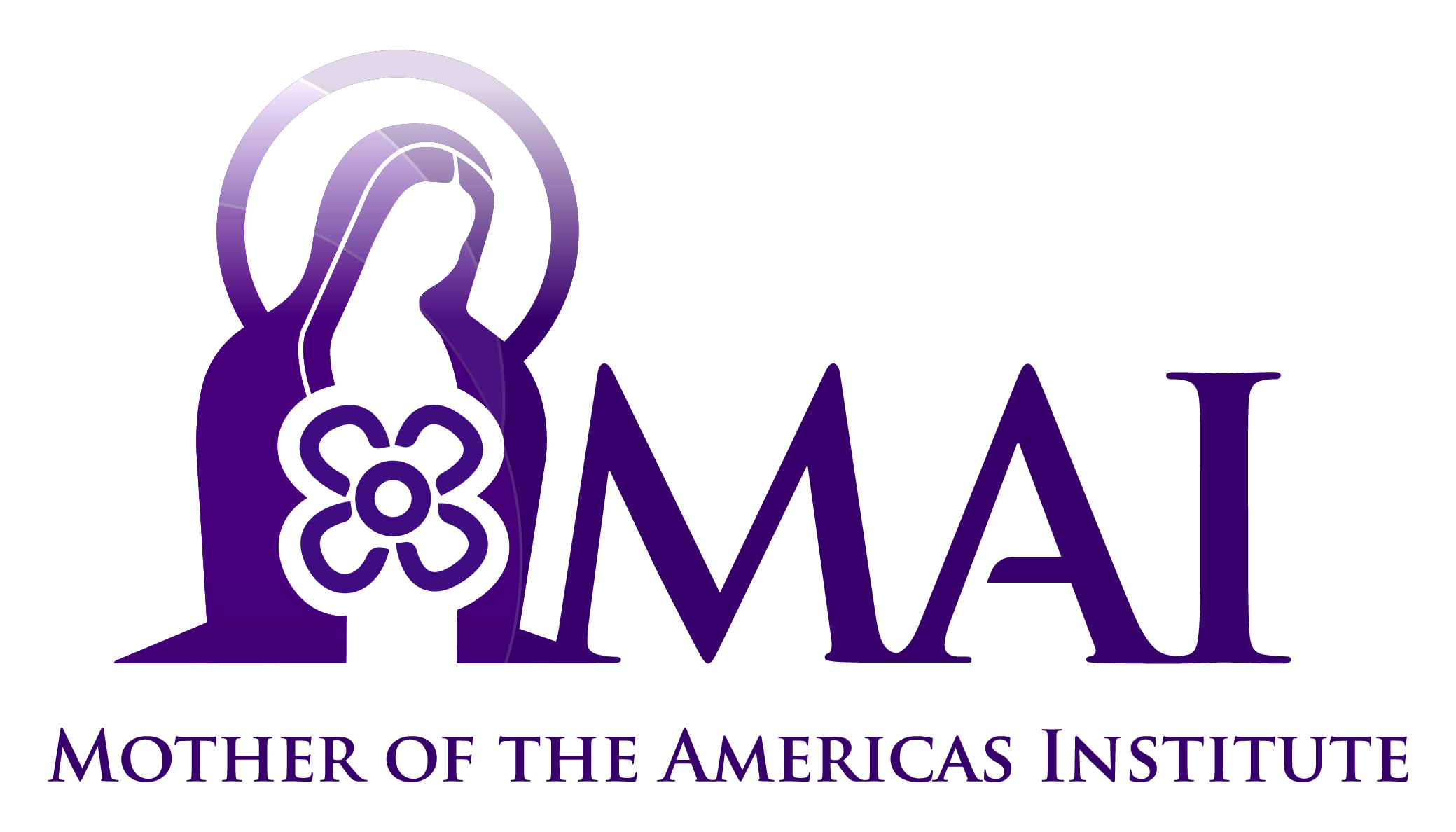The call to a new evangelization has been heard, in different ways, at least since Pope Saint John XXIII. However, Pope Saint John Paul II coined the term “new evangelization,” citing Pope Paul VI’s document on evangelization listed below. Below is a brief, annotated bibliography for the primary Church documents for the new evangelization.
One could justly insist that every magisterial document directly promotes the new evangelization, yet this is our attempt to identify some of the primary texts that outline the nature of mission and the new circumstances that must be considered for the new evangelization.
We solicit thoughtful suggestions for additions to this list.
Ad gentes
The Council Fathers promulgated this document on the missionary identity of the Church in the final session of the Second Vatican Council, in December of 1965. While the Church has always been missionary, as mission belongs to her very nature, this document served to reorient pastors to the need for mission at home. Moreover, it pointed out that while mission is distinct from pastoral care and ecumenism, they are all tightly bound together and must be considered together in order serve all three concerns. These insights become the nucleus for what will be identified as the new evangelization.
Evangelii nuntiandi
Evangelii nuntiandi is the apostolic exhortation promulgated by Pope Paul VI in 1975, summarizing the discussions of the Third Ordinary Synod of Bishops held the previous year. St. John Paul II called this the foundational document for understanding the new evangelization as it is the definitive interpretation of the Second Vatican Council’s teaching on the mission of the Church.
Redemptoris missio
St. John Paul II identified his 1990 encyclical Redemptoris missio to be an update and a new synthesis of Evangelii nuntiandi that clarifies certain concepts and identifies specific obstacles to the new evangelization.
Ecclesia in America
St. John Paul II decided to continue Paul VI’s collegial innovation of regular bishops’ synods, but further innovated by having the bishops meet at the level of continents in order to consider particular concerns for the new evangelization. The Post-synodal Apostolic Exhortation for the Special Assembly for the Americas held in 1997 was entitled Ecclesia in America. It identifies the manifold considerations for evangelization in the Americas (each continent had its own special assembly and post-synod document).
Novo millennio ineunte
At the close of the great Jubilee Year of 2000, John Paul II released the Apostolic Letter, Novo millennio ineunte (NMI). It was intended as a program for the start of the third millennium. Yet, John Paul made it clear that this was not a new program; the program is provided by Jesus. The immutable, pan-temporal, pan-cultural program is found in the Gospel and the living Tradition of the Church (see NMI 29). Whatever particular forms this never-changing program takes, it must be at the end a personal witness to the love of Christ. He points out six pastoral priorities if this is to be successful: personal holiness, a deep life of prayer, a return to the centrality of the Sunday Eucharist, more frequent recourse to the Sacrament of reconciliation, a focus on the primacy of grace, more earnest listening to the Word, and a more fervent proclamation of the Word.
Porta fidei
Pope Benedict XVI continued the emphasis of his predecessors on the need for a renewed zeal for authentically living and proclaiming the faith. In 2010 he erected the Pontifical Council for Promoting the New Evangelization and he ended his pontificate by calling a year of faith for the year 2012-2013. Porta fidei is the apostolic letter in which he called the year of faith. It provides a helpful summary of the recent magisterial events aimed at increasing the zeal of faith in the Church, and it again recommits the Church to an even stronger emphasis on the new evangelization.
Lumen fidei
Pope Francis’s first encyclical, which also bears the unmistakable hallmark of his predecessor’s hand, is an important document for the new evangelization for its emphasis on the communio-ecclesial aspect of faith. One of the greatest challenges for the new evangelization is overcoming the widespread, unarticulated presumption of an atomized faith, that is, that faith is a purely individual and private manner.
Evangelii gaudium
Pope Francis’s pontificate begins with an unmistakable continuity with his predecessors’ in terms of his sense of the increasing urgency for a new evangelization. Francis’s first magisterial document from his own hand is a Post-synodal Apostolic Exhortation summarizing the concerns of XIII Ordinary Synod of Bishops held in 2012. Like the Third Synod, this synod focused on the new evangelization. Evangelii gaudium can be understood as an outline of Francis’s priorities for the new evangelization. It provides some surprising emphases, but he explicitly places them in the context of complete continuity with and reaffirmation of all his predecessors have said on the subject. These emphases, once properly contextualized, provide important and helpful insights for the new evangelization.
